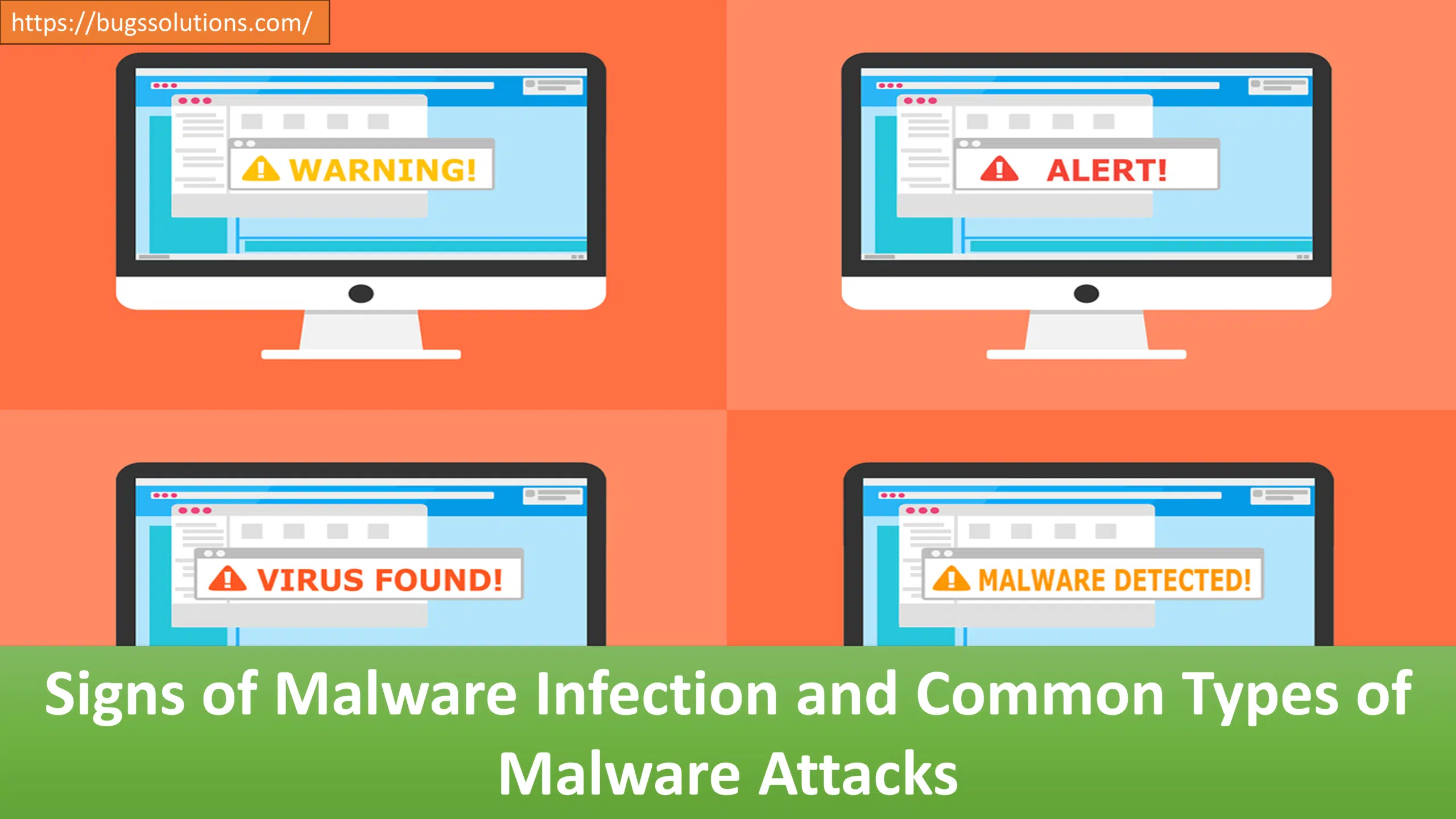How to Know if Your Computer is Infected with Malware
Malware, short for malicious software, can pose a serious threat to the security and functionality of your computer. It is essential to be able to identify the signs of a malware infection so that you can take appropriate action to protect your system. Here are some common indicators that your computer may be infected with malware:
1. Slowing Down and Crashes
If you notice that your computer has become significantly slower or is experiencing frequent crashes, it could be a sign of malware. Malicious software often consumes system resources, causing your computer to become sluggish and unstable.
2. Unusual Error Messages
Another red flag of a malware infection is the appearance of unusual error messages. These error messages may pop up randomly or when you try to perform certain tasks. If you encounter error messages that you haven’t seen before, it’s worth investigating further for potential malware.
3. Annoying Ads and Pop-ups
Malware often injects unwanted advertisements and pop-ups into your web browsing experience. If you are bombarded with ads even when you’re not visiting ad-supported websites, it’s likely that your computer has been infected with adware or other types of malware.
Also Read : Understanding and Mitigating Website Defacement: Risks, Implications, and Prevention 2024
4. Restricted Access to Control Panel
Some malware strains attempt to restrict your access to system settings, including the Control Panel. If you find that you are unable to access or make changes to your Control Panel, it could be a sign that malware is at play.
If you notice any of these signs on your computer, it is important to take immediate action to remove the malware and protect your system.
The Most Common Types of Malware Attacks
Malware comes in various forms, each with its own specific characteristics and behaviors. Understanding the different types of malware attacks can help you better protect your computer. Here are the most common types of malware:
1. Trojan Horses
Trojan horses are deceptive programs that appear harmless but contain malicious code. They often masquerade as legitimate software or files and can be unknowingly downloaded and installed by users. Once inside your system, trojans can perform a range of malicious activities, such as stealing sensitive information or providing unauthorized access to cybercriminals.
2. Viruses
Viruses are self-replicating programs that infect other files and spread throughout your computer. They can cause damage by corrupting or deleting files, slowing down your system, or even rendering it inoperable. Viruses often spread through infected email attachments, malicious downloads, or compromised websites.
3. Spyware
Spyware is designed to stealthily collect information about a user’s activities and transmit it to a third party. This can include capturing keystrokes, monitoring web browsing habits, and even recording audio or video. Spyware is often used for surveillance or to gather sensitive data, such as login credentials or financial information.
4. Ransomware
Ransomware is a particularly dangerous type of malware that encrypts your files and holds them hostage until you pay a ransom to the attacker. It can spread through malicious email attachments, compromised websites, or exploit kits. Ransomware attacks have become increasingly prevalent in recent years, targeting individuals, businesses, and even government organizations.
5. Worms
Worms are self-replicating malware that can spread across networks and infect multiple computers without any user interaction. They exploit vulnerabilities in operating systems or software to gain unauthorized access and propagate themselves. Worms can cause significant damage by consuming network bandwidth, slowing down systems, or launching other types of malware attacks.
It is crucial to stay vigilant and keep your computer protected against these common types of malware.
How to Use a Malware Removal Tool
Using a reliable malware removal tool is an effective way to detect and remove malware from your computer. Here is a step-by-step process on how to use a malware removal tool:
1. Download and Install
Start by downloading and installing a reputable malware removal tool of your choice. There are several trusted options available, such as Malwarebytes, Norton, or Avast.
2. Activation
After installing the software, activate it using the provided activation key from the service provider. This step is essential to unlock the full functionality of the malware removal tool.
3. Open the Software
Once activated, open the malware removal tool on your system. You will typically find it in your list of installed programs or as an icon on your desktop.
4. Run a Scan
Initiate a scan of your entire system by clicking on the appropriate option within the malware removal tool. This will trigger the software to search for malware, viruses, and other threats on your computer.
5. Review Scan Results
Once the scan is complete, the malware removal tool will display the potential threats it has detected on your system. Take the time to review these results carefully.
6. Take Action
Based on the scan results, the malware removal tool will recommend specific actions to address the identified threats. These actions may include quarantining or deleting infected files, repairing system settings, or blocking malicious websites.
It is important to carefully consider the recommended actions before proceeding. If you are unsure about a particular threat or action, you can consult the documentation or online support resources provided by the malware removal tool.
7. Troubleshoot and Protect
Once you have confirmed the actions, the malware removal tool will proceed with executing them to troubleshoot and remove the threats from your system. This process may take some time, depending on the severity and complexity of the malware infection.
By using a malware removal tool and following these steps, you can effectively detect and remove malware from your computer, ensuring the security and smooth operation of your system.










